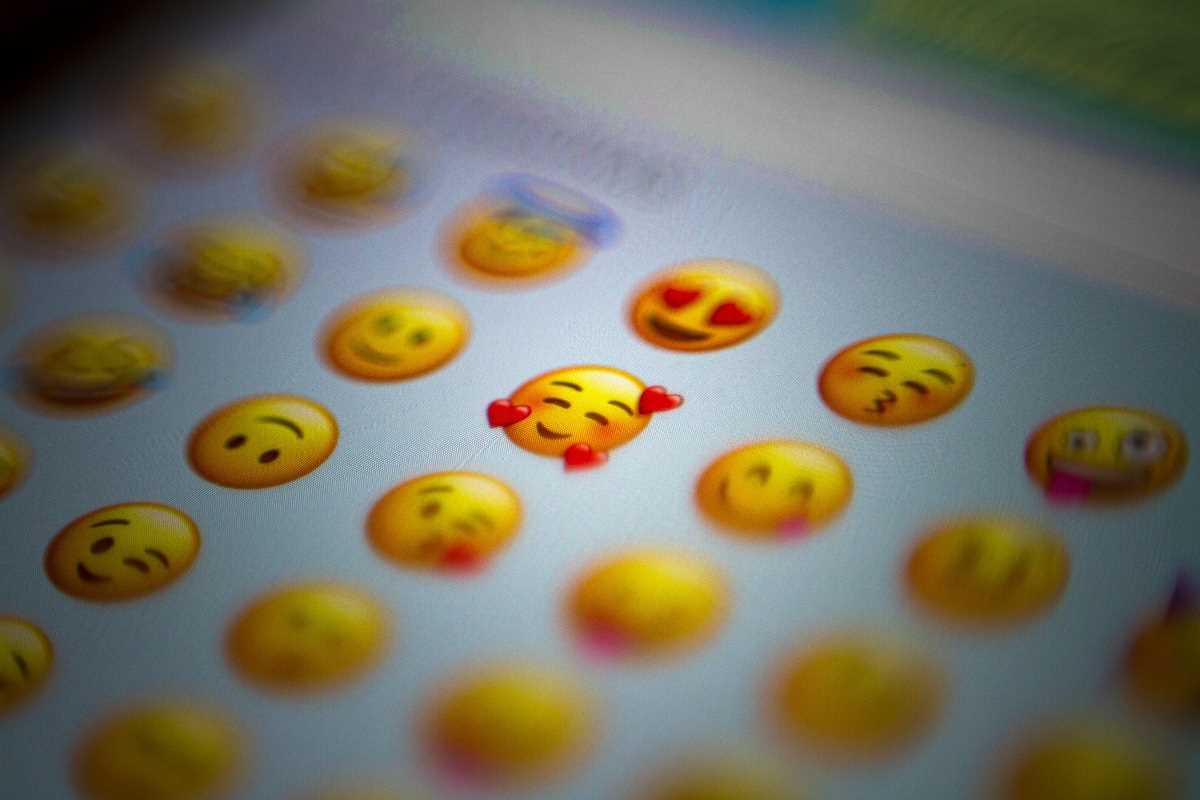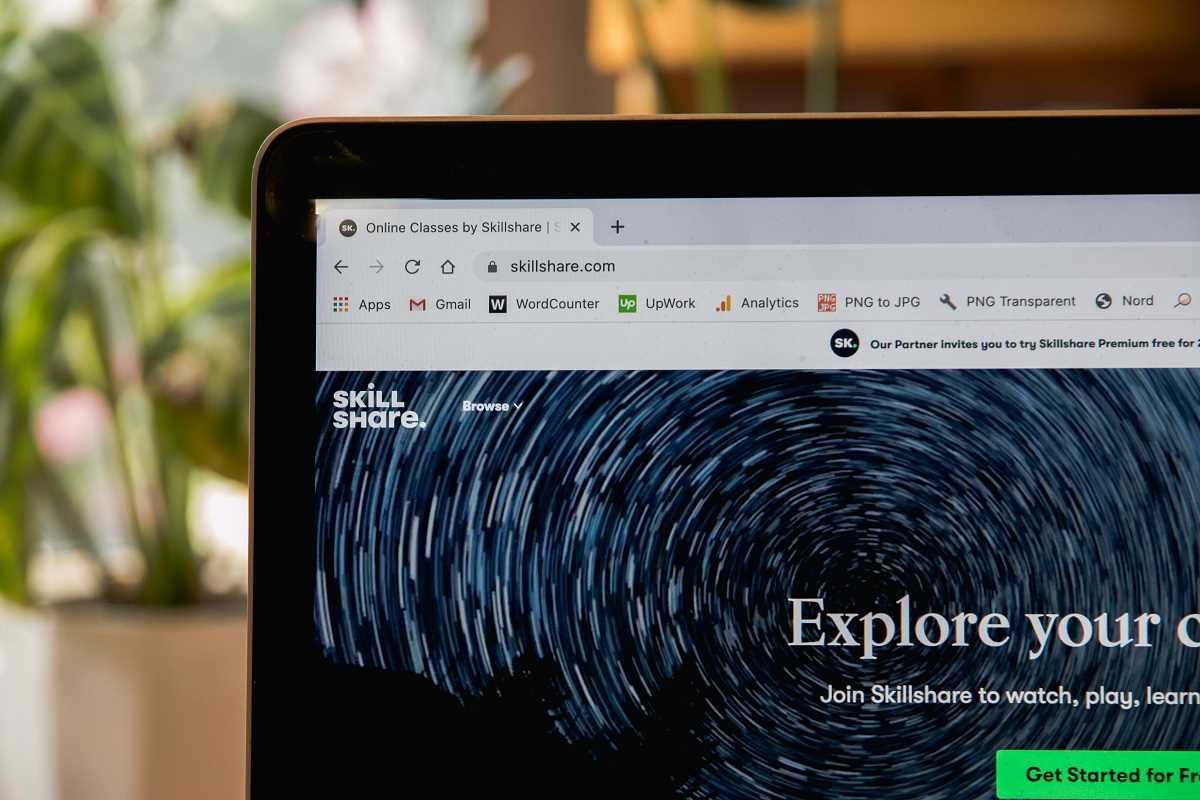Social listening is a crucial tool for understanding audiences and gauging consumer sentiment. Traditionally, it has focused on analyzing text-based mentions, hashtags, and conversations across platforms. However, in today’s digital world, communication isn’t confined to words. Emojis, memes, and GIFs have become central to online expression, often conveying meaning that text alone cannot capture.
For social media managers and brand analysts, the ability to decode these non-textual elements is a game changer. By understanding how visual and contextual cues influence sentiment, brands can gain deeper insights, improve engagement, and craft more relevant strategies. Here’s how digging beneath the surface of visual communication can strengthen your social listening efforts.
The Limits of Text-Focused Analysis
Relying solely on the analysis of written words risks missing the broader context and richness of online conversations. Non-verbal cues like emojis, memes, and GIFs often add nuances that are critical for understanding sentiment. For instance, a phrase like “Thanks, great service!” may seem positive in text alone. However, if it’s paired with an emoji of rolling eyes, that positivity might shift to sarcasm. Context matters, and when non-textual elements are overlooked, brands risk misinterpreting the real message or missing important emotional undercurrents within their audience.
Visual Communication Is on the Rise
Humor, emotion, and cultural relevance now take diverse forms beyond language. Emojis, which are often used to amplify sentiment, are just one layer. Memes reflect cultural and generational discourse, while GIFs infuse conversations with personality and tone. These elements have become pivotal in how individuals connect and express themselves online.
Key players in this evolution of communication include platforms like Instagram, TikTok, and Twitter, where visual creativity is celebrated. Users increasingly turn to memes and GIFs to respond to brands or join trends, often shaping conversations in ways that are challenging to capture through text alone.
Decoding Consumer Sentiment Through Emojis
Emojis operate as a sort of emotional shorthand, allowing users to quickly convey feelings, intensify tone, and eliminate ambiguity in their messages. A simple heart symbol signifies affection or approval, while a fire symbol often points to excitement or enthusiasm. On the flip side, expressions conveying anger or disappointment can indicate dissatisfaction or frustration.
Tracking emoji usage around your brand can reveal overarching sentiment trends. For example, a series of negative symbols combined with references to a recent event could signal a campaign backlash. Conversely, frequent symbols of happiness, like smiling faces, might indicate that consumers are responding positively to a recent product launch.
Cultural and Contextual Considerations
Not all emojis carry the same meaning across cultures. Certain symbols might imply celebratory emotions in one region but appear sarcastic or irrelevant elsewhere. Understanding how audiences in different markets interpret visual cues offers brands a way to tailor messaging more effectively to local contexts.
Memes as Cultural Barometers
Memes are another valuable asset in social listening. Typically humorous and often tied to current events or trends, memes carry cultural significance that resonates deeply with specific demographics. Tapping into the meme ecosystem provides brands with a window into what their audience finds relevant, funny, or even critical.
Memes and Brand Identity
Imagine a scenario where a meme about a high-profile product issue starts spreading online. By closely analyzing the tone, reach, and engagement surrounding this meme, social media managers can detect whether it represents a harmless joke or a larger reputational risk. Proactively responding with humor or transparency—depending on the sentiment—can help brands maintain their credibility while joining the conversation authentically.
Brands like Wendy’s and Netflix have leveraged meme culture to build strong online personas. These companies consistently engage with viral memes in ways that enhance their relatability, demonstrating that they understand and participate in the same digital culture as their audiences.
Memes tend to follow a predictable pattern, gaining popularity quickly and fading just as fast. Successful brands monitor meme trends and engage while they’re still relevant. Interacting with outdated memes can harm a brand’s image, making it seem disconnected or uninformed.
GIFs and Non-Textual Tone
GIFs contribute significantly to the way individuals express mood and intent in the digital space. They add vibrancy to conversations by allowing people to use pop culture references, exaggerated reactions, or subtle humor. This is particularly useful when text alone might fail to capture the full tone of a message.
For instance, if a consumer responds to a product announcement with a GIF of slow clapping, it may indicate admiration. However, a different GIF featuring a disapproving headshake could imply dissatisfaction. Such insights can help social media managers adapt their strategies in real time, improving communication and avoiding misunderstandings.
The Use of GIF Libraries
Platforms like Giphy and Tenor serve as data-rich libraries where analysts can observe trends in GIF usage. For example, tracking the popularity of specific GIFs related to your campaign can provide a snapshot of audience reactions. If a humorous GIF tied to your brand is widely shared, it may suggest that your messaging has struck the right balance of humor and relatability.
Leveraging Non-Textual Listening Tools
To incorporate non-textual elements into your social listening strategy, you’ll need the right tools and approaches. Here’s how to get started:
- Employ Advanced Analytics Platforms - Technology is catching up to visual communication trends. Advanced sentiment analysis systems now include tools that can recognize the meaning behind emojis, assess the tone of memes, and analyze the frequency and impact of specific GIFs.
- Analyze Contextual Groupings - Text and visuals rarely operate in isolation. By analyzing how these elements combine within posts, comments, or hashtags, brands can gain a clearer picture of audience sentiment and priorities.
- Define Cultural Contexts - Pay close attention to regional or subcultural variations in how non-textual elements are used. This prevents misinterpretation and enables more precise, culturally sensitive engagement.
- Identify Opportunities for Visual Engagement - Use insights from non-textual analysis to create campaigns that incorporate emojis, memes, or GIFs in ways that resonate with your audience. For example, developing branded GIFs tied to a campaign can help amplify reach while inviting users to engage creatively.
Social listening is no longer just about what is said. It’s also about what is shown. Emojis, memes, and GIFs have become integral to the digital landscape, offering insight into consumer sentiment that text analysis alone cannot provide. By integrating these non-textual elements into your social listening strategy, you gain a significant edge in understanding audience behavior, engaging authentically, and responding effectively.
 (Image via
(Image via


.jpg)


